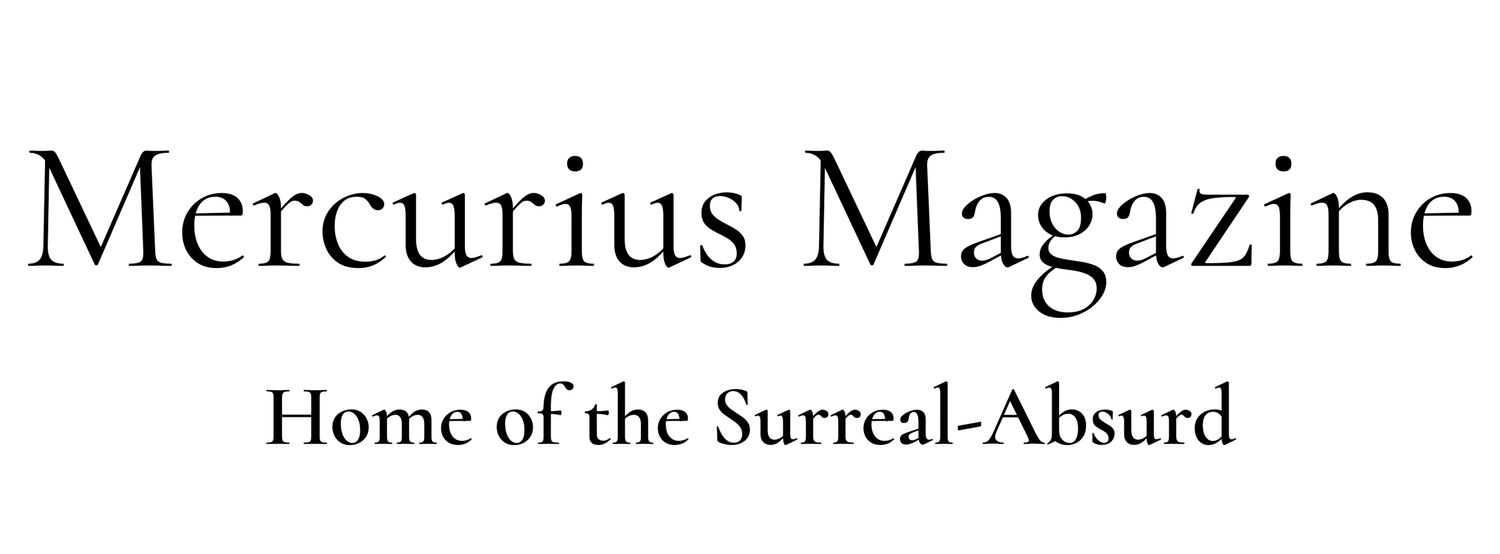Between nature and culture
It is normal to be worried and dissatisfied these days. Former icons are invalid, old narratives are deceitful, mainstream thinking is biased, our feelings betray us, and reason only hastens arguments against ourselves. One might say: our entire culture is opposed to nature, and nature is always right. However, this opposition seems misconceived.
Over the last year, a number of different people told me that they were not fond of cities. ‘Yeah, what new can you see there? Another church, another pretty square. I much prefer nature, sea, mountains, camping, hikes.’ It is maybe not surprising, but still particularly striking to meet such opinion in Paris, where every other street sings with beauty. Rues and boulevards, squares and quais, domes and arches, grills and bell towers, built over generations, are breath-taking.
Somehow, aesthetic experience is always amplified by the transience of being: ‘we are headed for the future, while beauty is the eternal present’, said J. Brodsky about Venice. Depending on individual tastes and sensibilities, movies, paintings, music, novels and plays can foster a sense of bitter-sweetness, elevating and transcending our own limited selves. Should we call such artifices unnatural or appalling? Are they in opposition to nature?
In his ‘Critique of Judgement’, Kant describes not one, but two types of aesthetic experience, both of which are important for harmonising our physical knowledge (say, science) with our moral senses. Kant links the sense of beauty to our engagement with arts and to our experience of the sublime; in short, to a kind of aesthetic engagement with nature.
Various authors have since described the sublime as ‘destabilising’. The vastness of nature evokes a resonant mixture of elation and awe, admiration and fear. Think of a view of cliffy mountains, for instance. Contemporary researchers link this feeling to the process of learning and self-expansion: shocked to the core through our senses, we re-evaluate our relation with the world. It is not surprising that mountains have inspired so much poetry:
Mont Blanc yet gleams on high:—the power is there,
The still and solemn power of many sights,
And many sounds, and much of life and death.
In the calm darkness of the moonless nights /…/
Lines Written in the Vale of Chamouni’, P. Shelley
Not only poetry. One of the greatest reflections on nature and culture – ‘Frankenstein’ by Mary Shelley – was also conceived in the mysterious mists of the Chamonix Valley, far from the banks of the Seine or the Thames.
Sublime experiences expand our reason and imagination beyond their normal state and make us feel the connection to nature, to other people. Crossing the Alps, Wordsworth mused:
Imagination! lifting up itself
Before the eye and progress of my song
Like and unfathered vapour – here that Power,
In all the might of its endowments, came
Athwart me; I was lost as in a cloud,
Halted without a struggle to break through;
And now recovering, to my soul I say –
‘I recognize thy glory’: in such strength
Of usurpation, in such visitings
Of awful promise, when the light of sense
Goes out in flashes that have shown to us
The invisible world, doth greatness make abode,
There harbours, whether we be young or old.
Our destiny, our nature, and our home
Is with infinitude /…/
What is culture but an eternal library of multitudes, a pool of all that shakes our hearts to the core, be it a landscape a poem or a movie? Aesthetics stimulate poetry, reactivating our creative energy. And creative energy is exactly what we need to assemble the pieces of our seemingly broken culture into a true and genuine mosaic. While tastes evolve, it would be wrong to say that aesthetics, be they urban or natural, have no relevance. As before, human beings are squeezed between birth and death, possessed of a need to make sense of their brief lives. Culture is a part of nature and nature is a part of culture. It will always be so.
